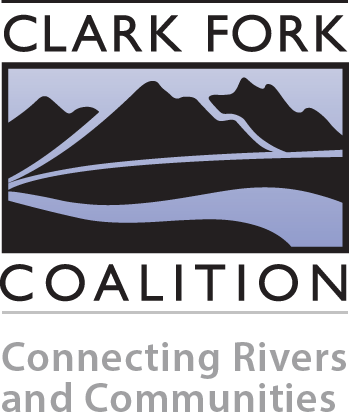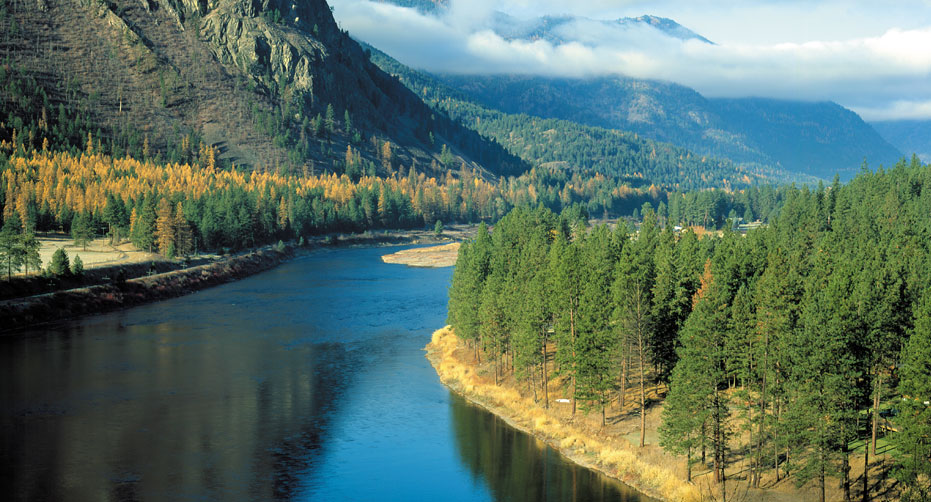Working with Water: Tools for Landowners
At the Coalition, we partner with individual water right holders, irrigation districts, and water user groups to design and facilitate water management projects that support agriculture while also benefiting rivers and streams.
We offer a variety of services, including:
- Getting projects off the ground: We can provide initial evaluation, technical and design input on potential projects.
- Finding money for projects: We help write grants and secure cost share from state, federal, and private programs.
- Finishing the job: We conduct water right reviews and file change applications with the Department of Natural Resources and Conservation.
Watch our Working With Water video to hear more about our approach for working with landowners:
Examples of projects:
There are many incentives and options available to landowners for managing water:
- Irrigation efficiency improvements: Ditch lining, piping, or switching from flood irrigation to center-pivots can reduce the amount of water needed to meet irrigation demands. The saved water can be leased or sold to an instream use to help pay for costs associated with efficiency upgrades.
- Water leasing: Leasing is the temporary transfer of a water right to instream flows and is recognized as a beneficial use of a water right in Montana. All or part of a water right can be leased. Landowners are compensated based on number of acres leased, the period of time, and fishery benefit.
- Point of diversion and source changes: Relocating a headgate closer to irrigated acres and switching water sources from a tributary stream to a mainstem river may provide benefits to streams.
- Water purchases: The purchase of water allows for the permanent management of a water right for instream use. These purchases occur when landowners are changing the traditional use of a piece of irrigated ground and no longer need to irrigate that particular area.
Project benefits:
Water projects can help landowners save money, time, and resources in the following ways:
- Provide financial incentives for returning water to the river, and improve the viability and yields of agricultural operations.
- Reduce labor and maintenance costs of managing an aging irrigation system.
- Pressurize water systems and reduce or eliminate power costs.
- Eliminate liabilities and safety hazards associated with open ditch systems.
- Improve water reliability, management, and measurement.
Common questions from Landowners:
Do I jeopardize my water right by leasing?
No. You retain ownership of your water right and lease the use to another entity. Leasing water for in-stream purposes is considered a beneficial use in Montana, and is a way to prevent abandonment of your water right.
How much do I get paid for my water?
We assess the value of a water right based on a number of factors, including: the number of irrigated acres, crop production value of those acres, comparable water lease prices, duration of the lease, reliability of the water right, and fishery need. We also accept donations of water.
How is the amount of conserved water calculated?
We work closely with landowners to measure the seepage losses in their irrigation system prior to implementing conservation measures. We work with all parties to ensure a fair value for seepage amount is met, and that there is adequate water to maintain the productivity of the irrigated acres.
Can I lease or sell a portion of my water right?
Yes. You may lease all or part of your water right to instream use. You are also allowed to do a split-season lease, meaning your water is used for irrigation for part of the season and then leased for the remainder.
When I elect to leave water in-stream, am I taking water away from existing users?
No. Instream water rights hold the same priority as the original water right. They must yield to senior users, but can have priority over junior users.
Where does the Coalition get the money for these projects?
We receive the majority of project funding from state, federal, and private grant programs and foundations. Our primary grant source for water projects is the Columbia Basin Water Transactions Program, which is funded through the Bonneville Power Administration to mitigate for its dams in the Columbia River basin. The State of Montana Natural Resource Damage Program is also a source of funding for water projects in the Upper Clark Fork River.



